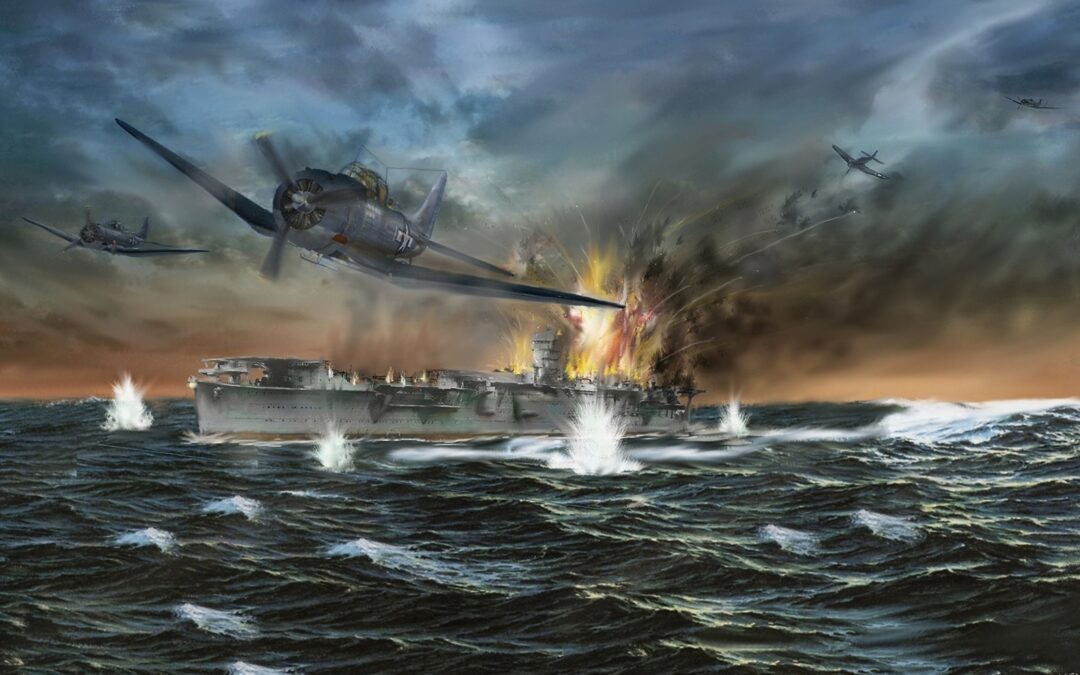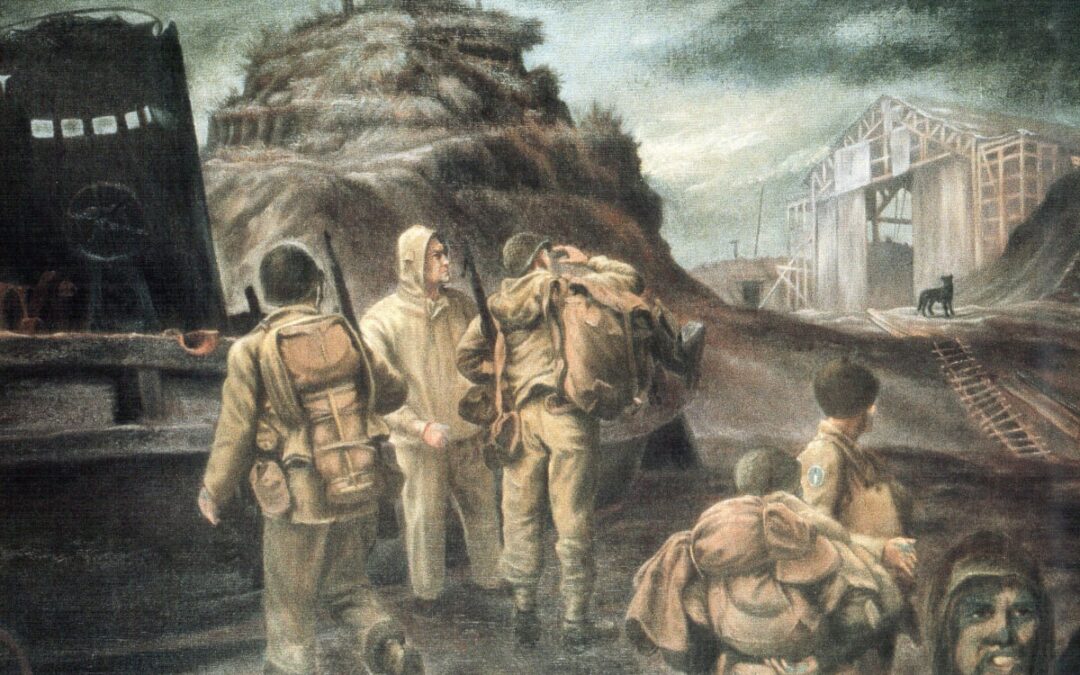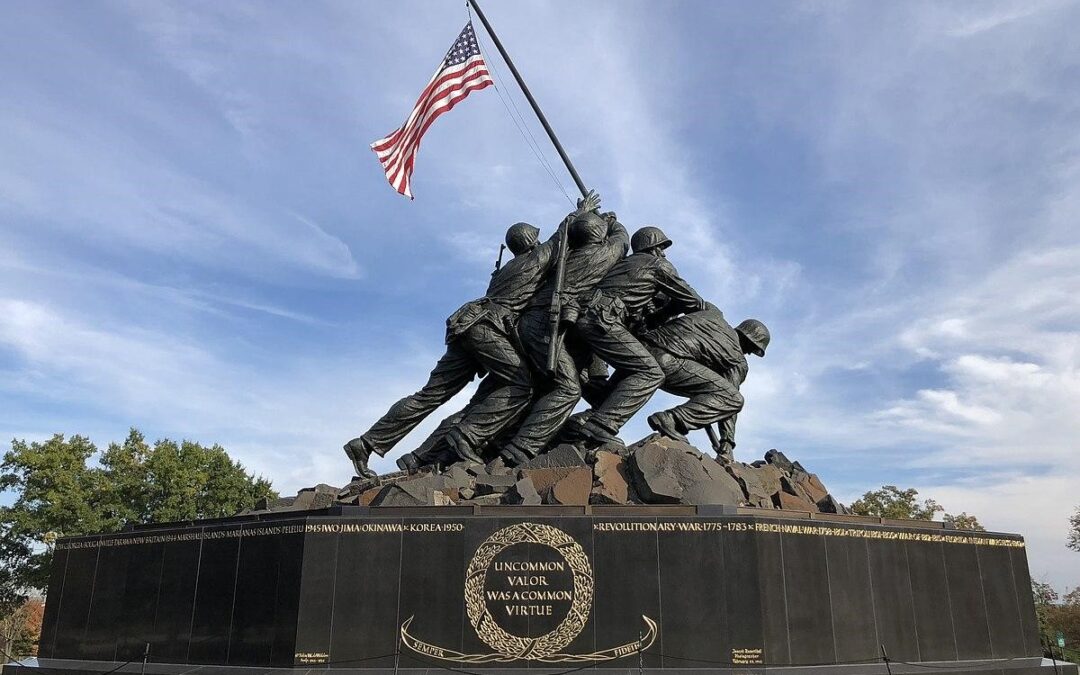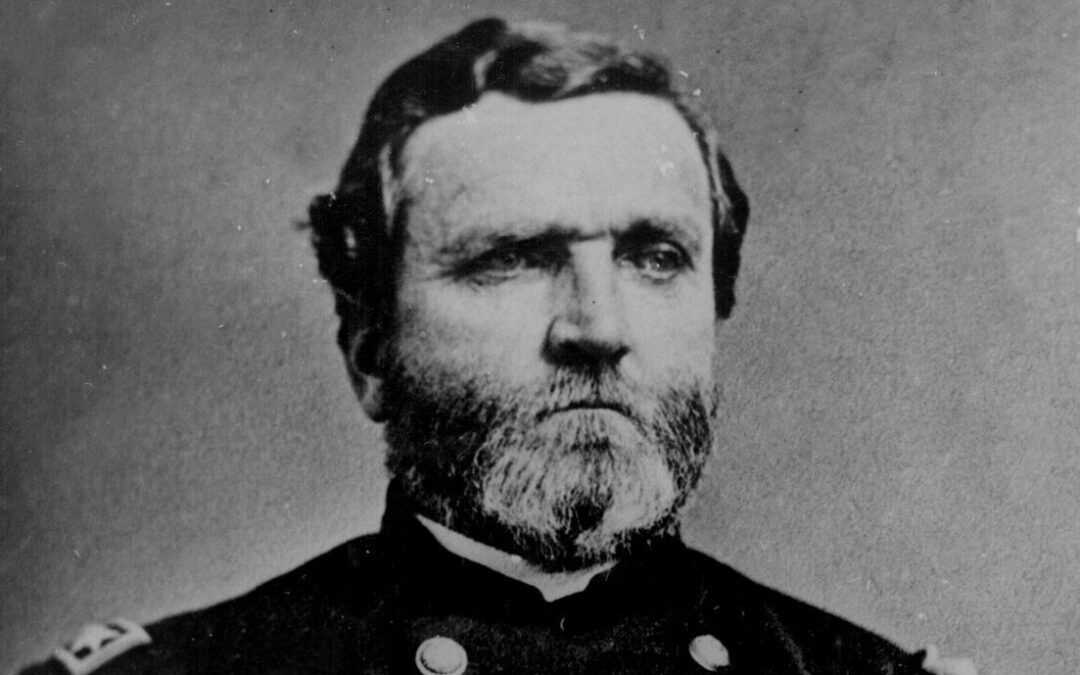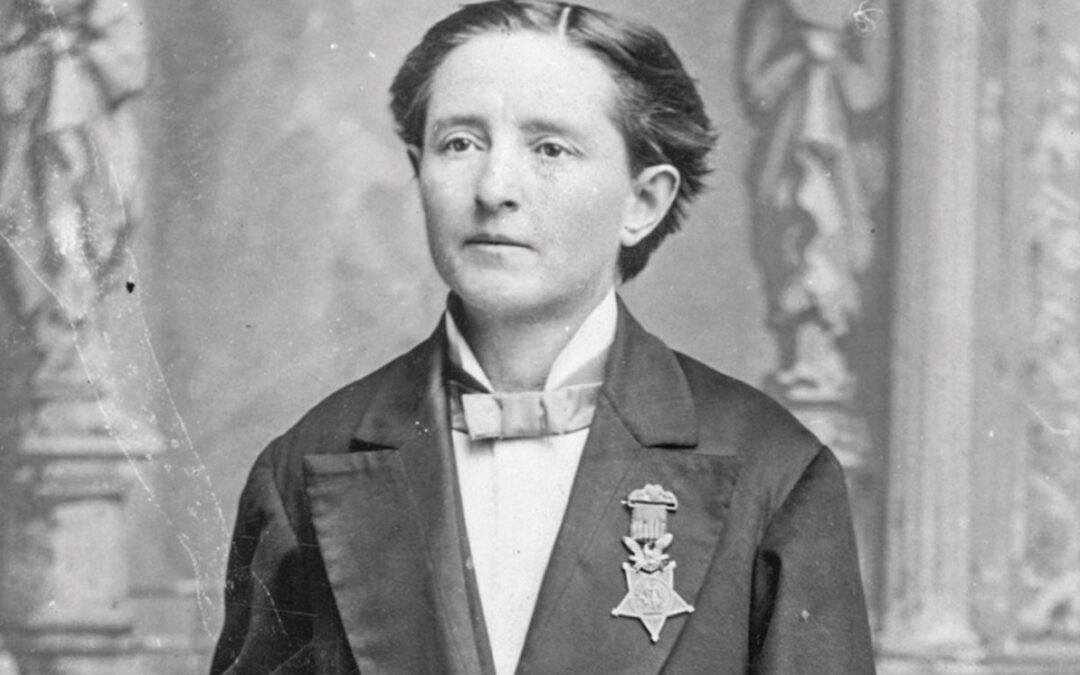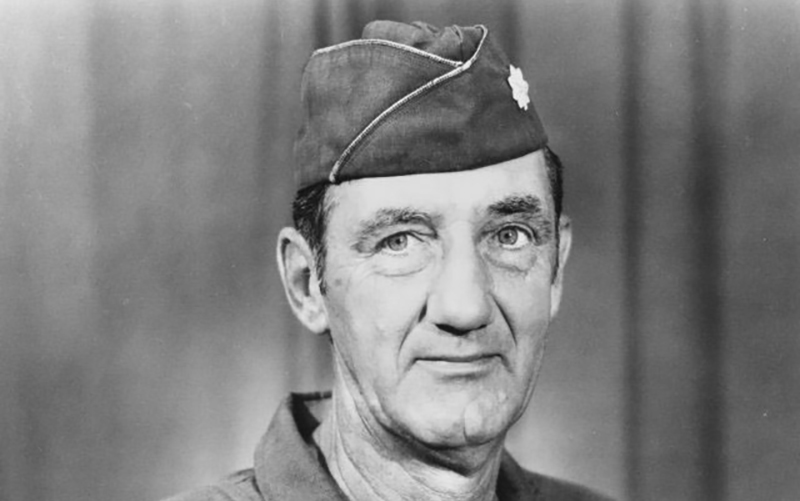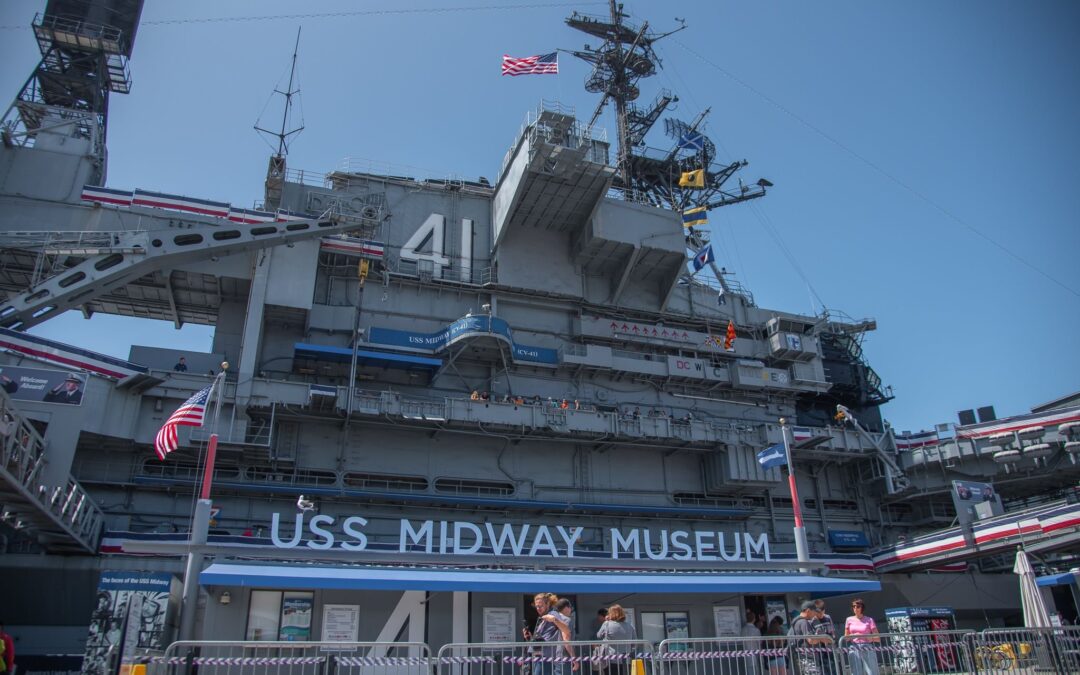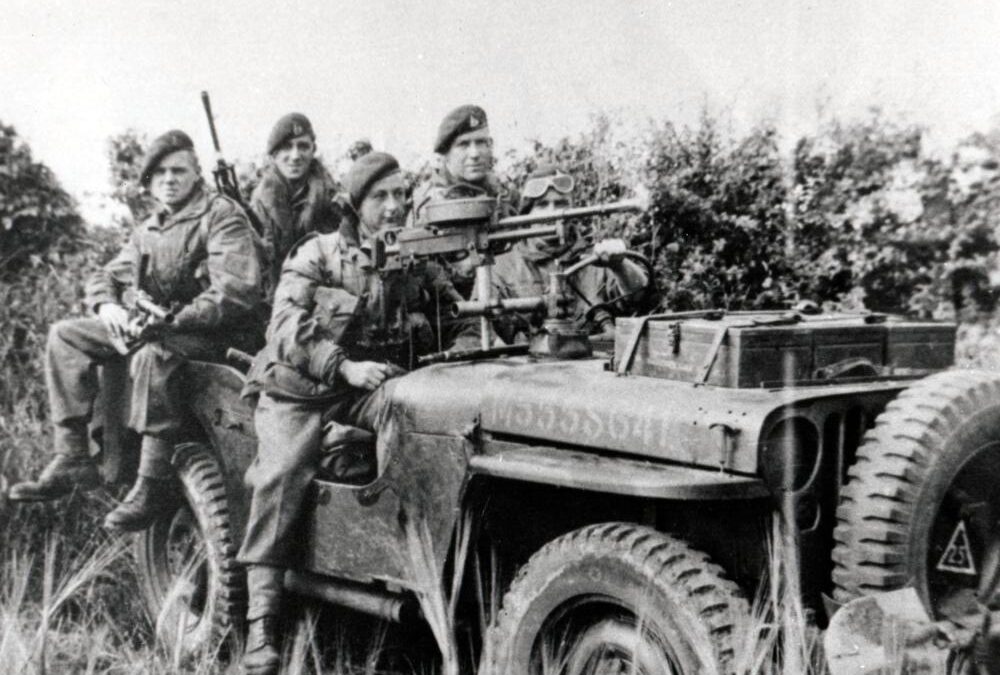During World War I, in the bitter winter of 1914, on the battlefields of Flanders, one of the most unusual events in all of human history took place. The Germans had been in a fierce battle with the British and French. Both sides were dug in, safe in muddy, man-made trenches six to eight feet deep that seemed to stretch forever. The Sudden Christmas Truce During World War I All of a sudden, German troops began to put small Christmas trees, lit with candles, outside of their trenches. Then, they began to sing songs. Across the way, in the "no man's land" between them came songs from the British and French troops. Incredibly, many of the Germans, who had worked in England before the war, were able to speak good enough English to propose a "Christmas" truce. A spontaneous truce resulted. Soldiers left their trenches, meeting in the middle in fortified trenches to shake hands. The first order of business was to bury the dead who had been previously unreachable because of the conflict....

